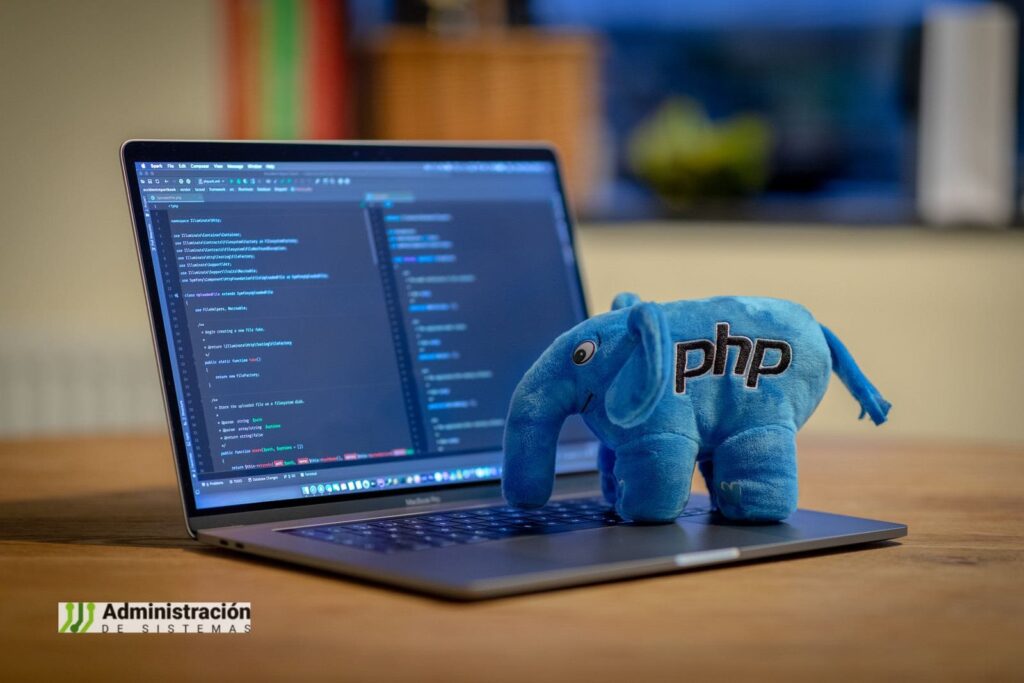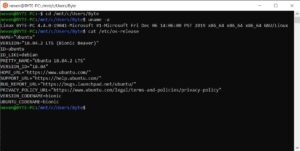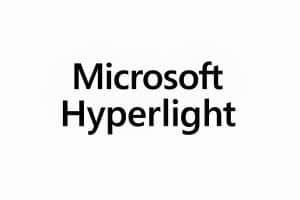Despite significant improvements in performance, security, and functionality, PHP 8, launched in November 2020, has yet to dominate the web. According to the latest statistics from November 2024, only 37% of PHP-based websites have adopted this version, reflecting a slower transition than anticipated.
This figure highlights a pressing issue in the tech world: resistance to change in business environments and fears of potential compatibility problems.
Key Advantages of PHP 8
PHP 8 marks a milestone in the evolution of this programming language. Its standout features include:
- Just-In-Time (JIT) Compilation: A highly anticipated feature that translates PHP code into machine code at runtime, significantly boosting performance, especially for complex applications and computationally heavy tasks.
- Attributes: A new way to add metadata to code, replacing PHPDoc comments, making code cleaner and easier to maintain.
- Union Types: Greater flexibility in type declarations, reducing the need for annotations and improving code safety.
- Nullsafe Operator: Simplifies navigating object properties, reducing redundant code and minimizing errors.
- More Predictable Comparisons: String-to-number comparisons are now more consistent and logical.
- Improved Error Handling: Internal functions now throw exceptions instead of warnings when invalid parameters are passed, making debugging faster and more informative.
These enhancements not only improve performance but also provide developers with cleaner, more efficient tools for modern web development.
Resistance to Adoption
Despite its advantages, the adoption of PHP 8 has been slow. Approximately 49.1% of websites still use PHP 7, which no longer receives security support. This reluctance can be attributed to several factors:
- Compatibility Issues: Many popular frameworks and software, such as WordPress, Joomla, and Magento, were slow to update for full PHP 8 compatibility.
- Fear of Disruptions: Businesses are often wary that upgrades might cause system failures, impacting operations.
- Organizational Inertia: Companies tend to stick with older versions that work, prioritizing stability over modernization.
- Resource Constraints: Small and medium-sized businesses often lack the time and budget to undertake migrations.
Common Challenges in Migrating to PHP 8
Upgrading to PHP 8 comes with its own set of challenges. Common issues include:
- Backward Compatibility: Syntax and function changes in PHP 8 can break existing code, requiring significant modifications.
- Critical Errors: New rules may lead to application-breaking errors.
- Outdated Dependencies: Not all PHP libraries and packages are compatible with PHP 8, potentially causing conflicts.
- Manual Testing: Automated testing is helpful, but manual testing is essential to detect hidden incompatibilities.
- php.ini Adjustments: To fully leverage PHP 8 features, configuration updates are needed in the php.ini file.
Why Upgrading Is Crucial
Beyond new features, PHP 8 offers key benefits in performance and security. According to various benchmark studies, PHP 8 significantly outperforms PHP 7 in terms of speed and resource usage, thanks in part to its JIT compiler.
From a security perspective, using outdated versions of PHP exposes websites to critical vulnerabilities, particularly when those versions no longer receive official support.
Adoption by Version
Among PHP 8 users, statistics show diversity in the versions being utilized:
- PHP 8.1 is the most popular, with 38.5% adoption.
- PHP 8.2 follows with 26.7%, praised for its improved memory management and faster load times.
- PHP 8.3 and later versions are gradually gaining traction, although they still represent a minority.
The Future of PHP on the Web
For PHP 8 and future versions to achieve wider adoption, overcoming compatibility barriers and educating businesses about the risks of outdated software are essential. Migration guides and analysis tools can also help simplify the transition.
PHP remains the most widely used server-side programming language, powering 75.4% of websites. However, the pace of adoption for new versions will be crucial to maintaining its relevance in an ever-evolving tech landscape.
In conclusion, upgrading to PHP 8 is not just about performance; it’s a necessity for ensuring security and competitiveness in today’s digital world.











